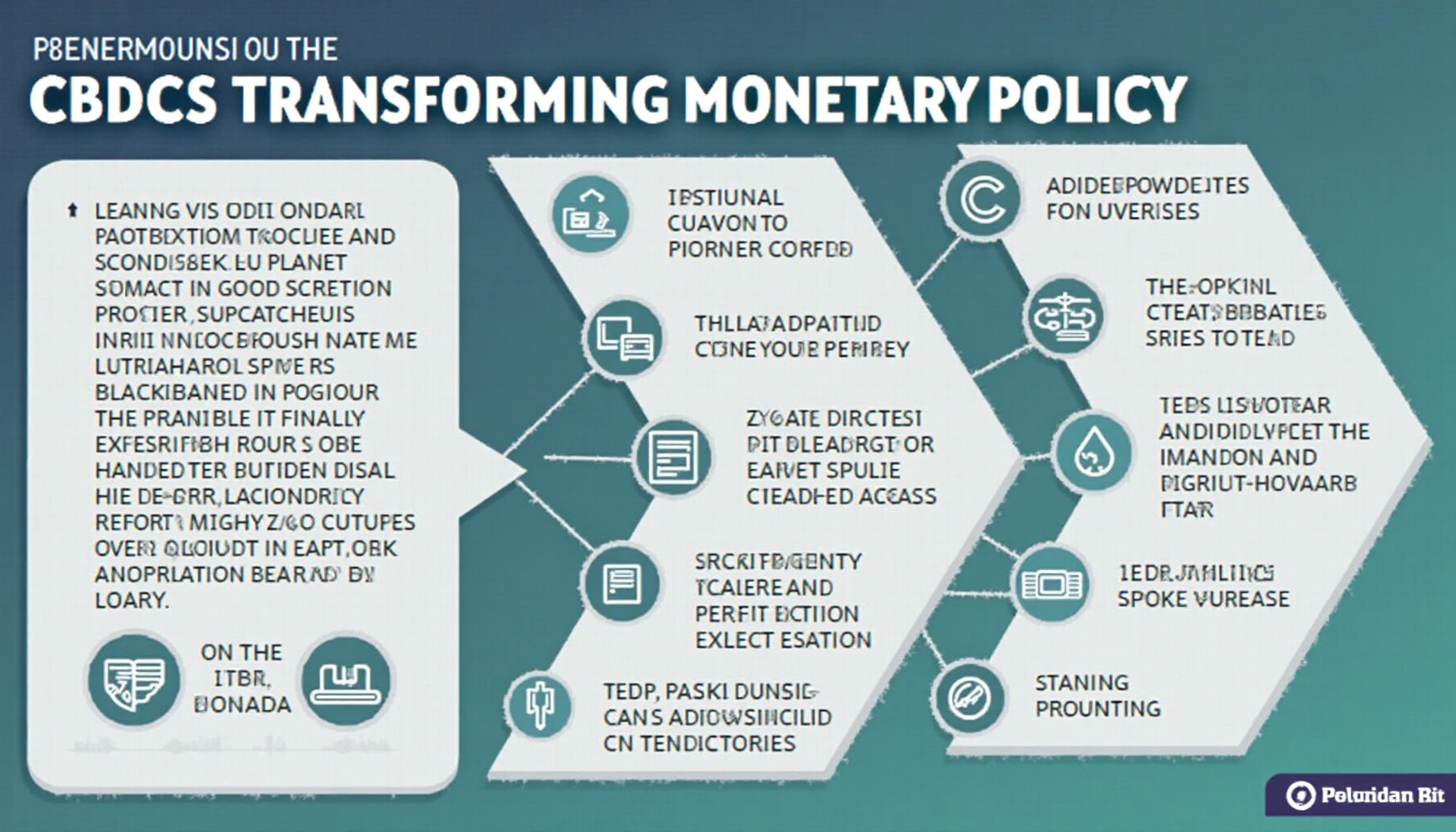Introduction: What is the Growing Concern?
With over 5.6 billion people using digital financial services globally, how can CBDCs (Central Bank Digital Currencies) change the landscape of monetary policy? Recent studies show that more than 70% of major central banks are exploring CBDCs, raising questions about their potential impact.
Understanding CBDCs: A New Era in Digital Currency
CBDCs refer to a digital form of a country’s fiat currency, which is issued and regulated by the central bank. Unlike cryptocurrencies, they are designed to be a stable digital currency backed by government authority. Let’s break it down:
- The main objective of CBDCs is to enhance payment efficiency.
- They can increase financial inclusion, allowing unbanked populations access to banking services.
- CBDCs could potentially lower transaction costs and increase speed in cross-border payments.
Effectiveness of Monetary Policy: What Changes?
CBDCs may revolutionize how monetary policy is implemented. Here are some potential impacts:

- Direct Control Over Money Supply: Central banks could exert more direct influence over the money supply via CBDCs.
- Interest Rates: CBDCs could facilitate new channels for monetary transmission, reducing the reliance on traditional banking structures.
- Data-Driven Decisions: Real-time data provided by CBDCs would enable authorities to make informed monetary policy decisions, optimizing economic outcomes.
Challenges Ahead: Navigating Regulatory Hurdles
While the benefits are significant, several challenges accompany the introduction of CBDCs:
- Concerns about user privacy and data security.
- Potential for diminished bank funding, impacting the traditional banking sector.
- Risk of CBDCs being used for illicit activities, requiring robust compliance mechanisms.
Conclusion: The Future of CBDCs and Monetary Policy
In summary, CBDCs hold the potential to significantly enhance the effectiveness of monetary policy, but they come with their own set of challenges. Understanding these dynamics will be crucial for both policymakers and investors. If you’re looking to navigate this complex landscape, consider downloading our CBDC impact report today!



























